Optocouplers and triac drivers are essential components in electronics for signal isolation, noise reduction, and safe control of AC and DC loads. These devices use an internal LED and a photodetector to transfer signals without direct electrical contact, ensuring high-voltage protection and preventing ground loops.
- Optocouplers: Designed for isolating low-voltage logic circuits from high-voltage systems, optocouplers use a phototransistor, photodarlington, or photodiode to detect the LED’s light output and convert it back into an electrical signal. These are widely used in microcontroller circuits, power electronics, and communication systems.
- Triac Drivers: These are specialized optocouplers designed for switching AC loads. They include a phototriac output that triggers an external triac, enabling the control of high-power AC devices like motors, lamps, heaters, and relays. Some triac drivers feature zero-cross detection, reducing electromagnetic interference (EMI) by switching loads at the AC waveform’s zero-crossing point.
This 30-piece assortment pack includes a selection of 10 different optocouplers and triac drivers, ideal for electronics engineers, hobbyists, and professionals working with signal isolation and AC load switching. Each component is in DIP (Dual In-line Package) format, making them easy to integrate into PCB designs and prototyping applications.
DIP – 4:
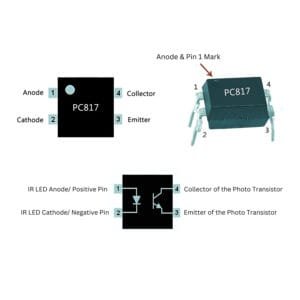
DIP – 6:
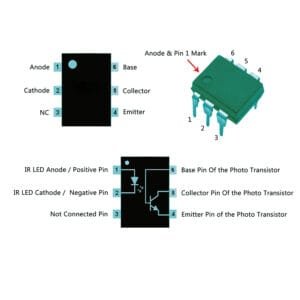
DIP – 8:
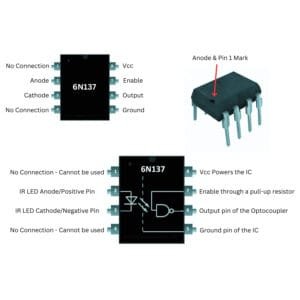
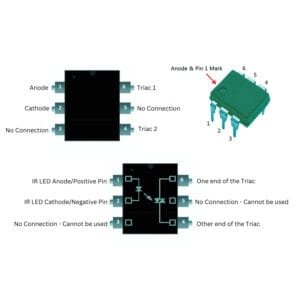
DIP – 6 Non-Zero Cross:
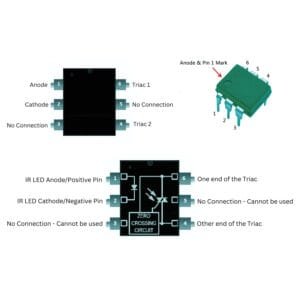
DIP – 6 Zero Cross:








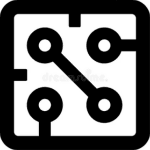








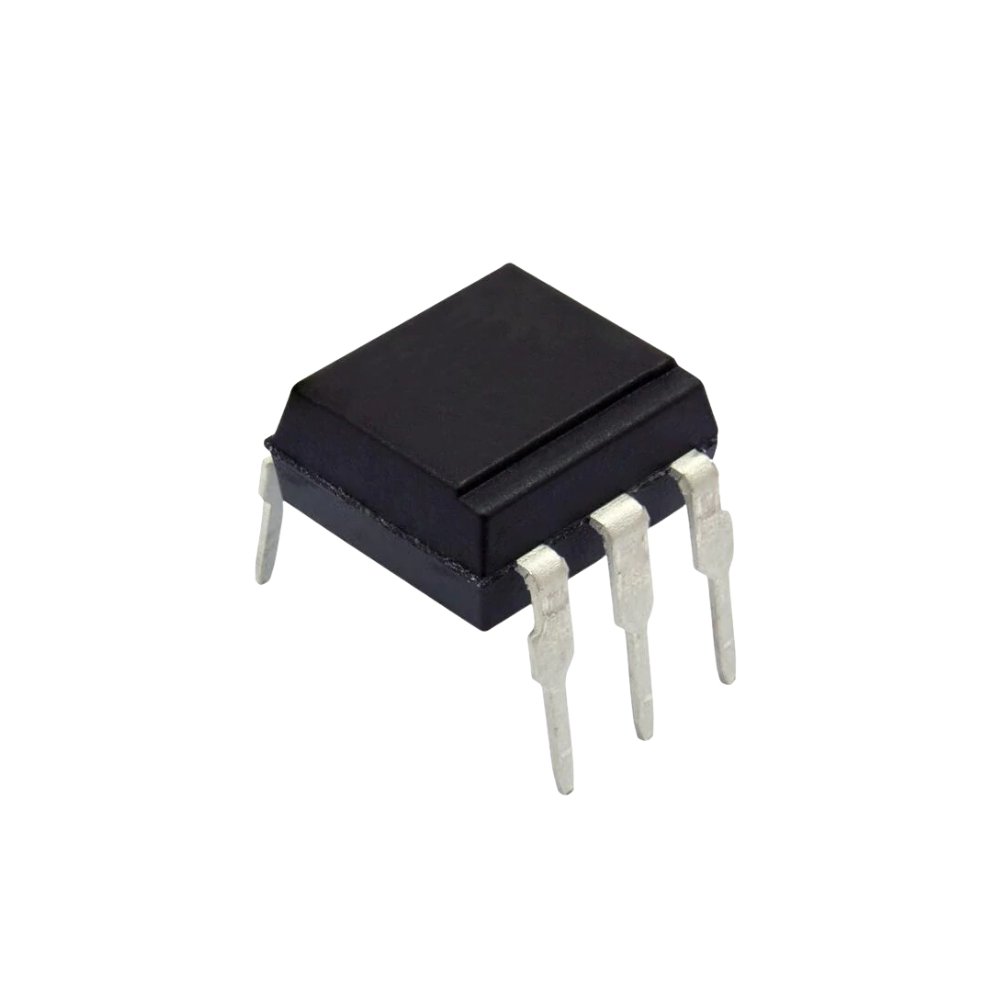

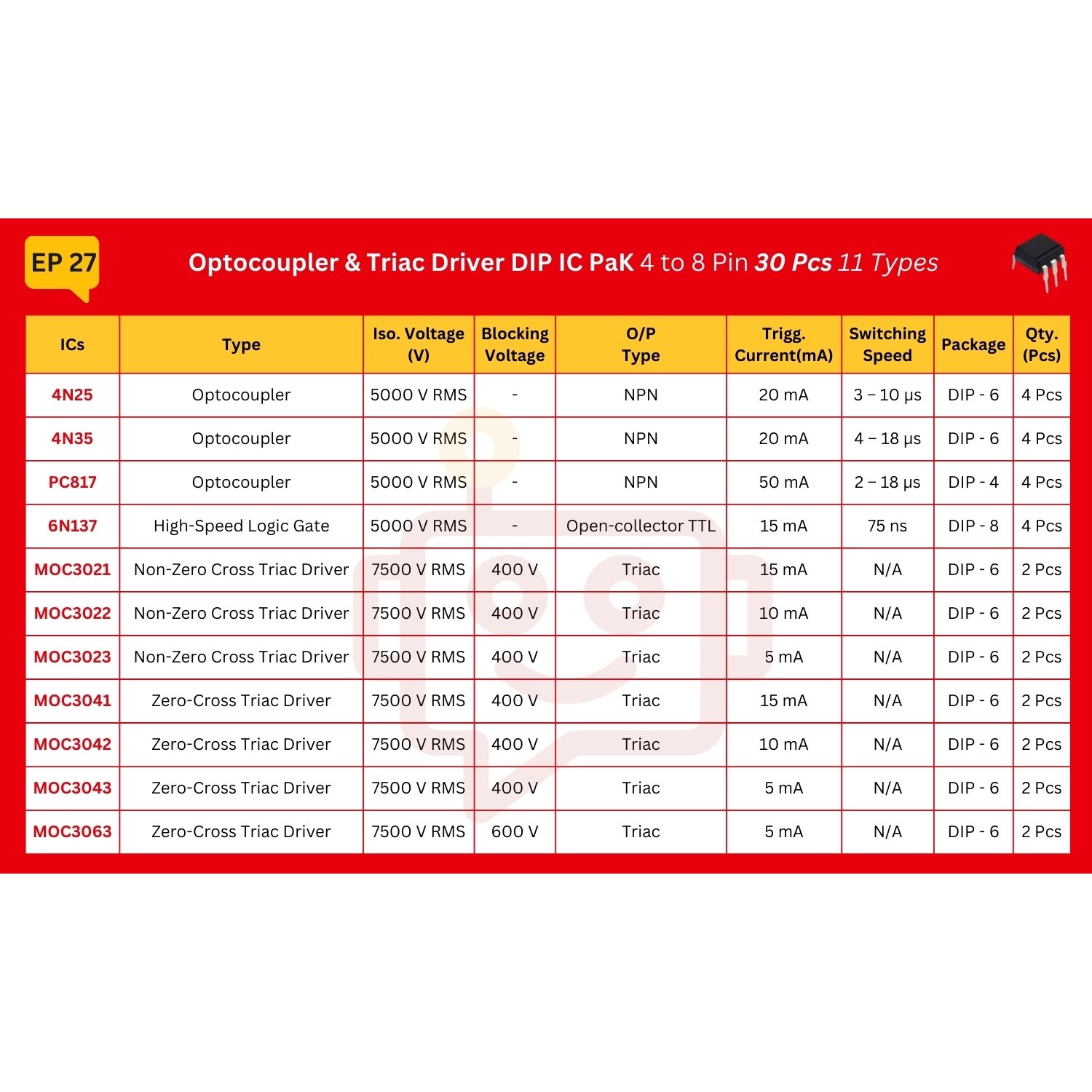
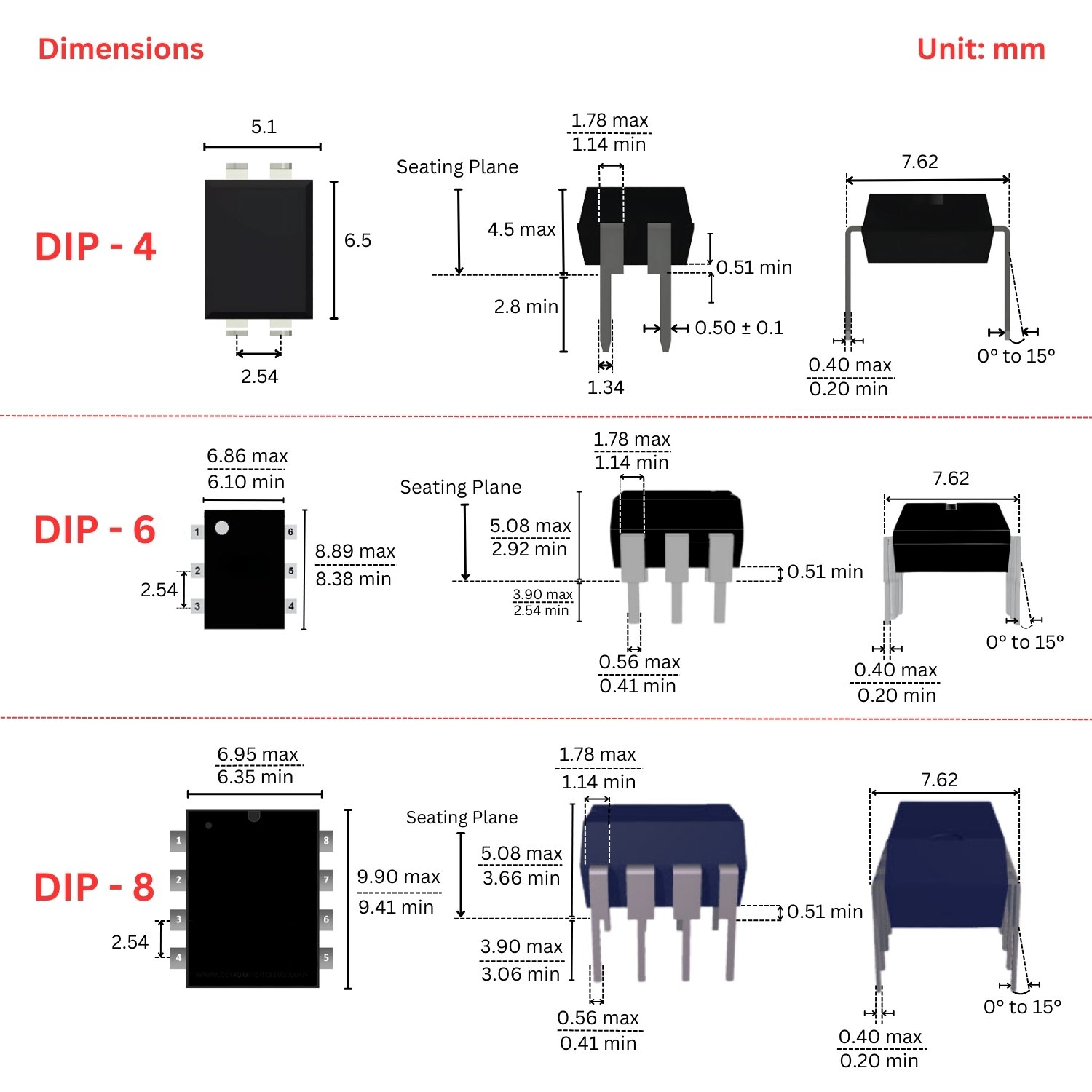

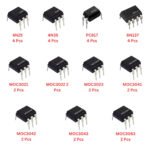
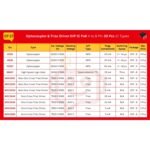
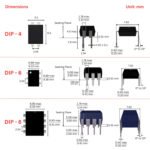
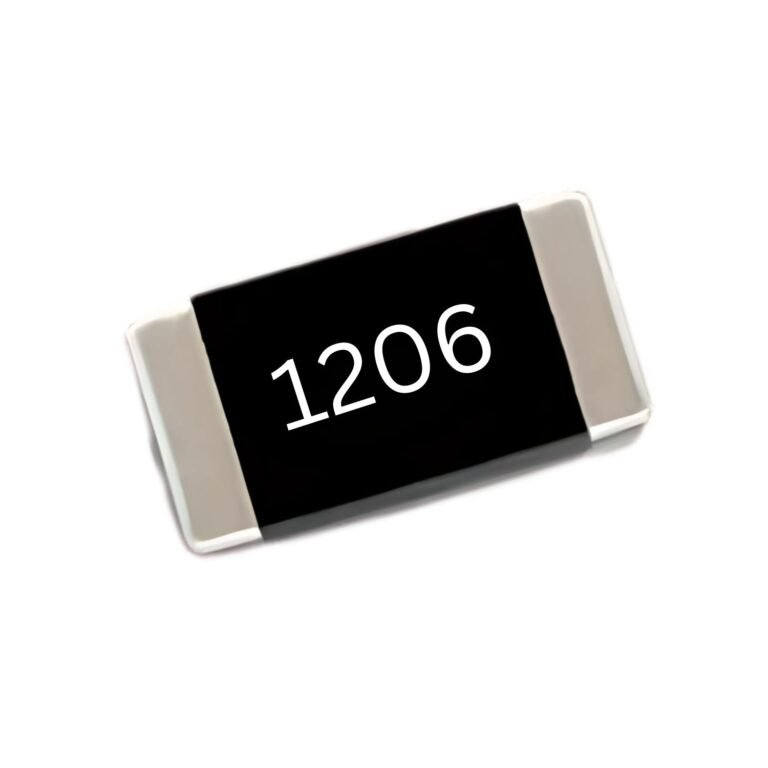
Reviews
Clear filtersThere are no reviews yet.